Introduction
The aviation industry has undergone a remarkable transformation since its inception, driven by groundbreaking advancements in aircraft design and technology. From the early innovators like the Wright brothers to the sleek, supersonic jets of today, the evolution of aircraft has paved the way for modern flight. Now, as the industry faces the pressing challenge of sustainable aviation, the focus has shifted towards reimagining aircraft designs and exploring eco-friendly alternatives.
This article explores the historical evolution of aircraft, key components of an aircraft, fundamental forces of flight, aerodynamics and airfoil design, engine technology and propulsion systems, materials used in aircraft construction, advances in navigation and safety systems, modern aircraft designs and innovations, and the future of aviation with emerging technologies and trends. Join us as we delve into the technical insights and analysis of the renewable fuels industry and uncover the exciting prospects that lie ahead.
Historical Evolution of Aircraft
The aviation industry has experienced remarkable transformation since its inception, driven by groundbreaking advancements in aircraft design and technology. As we delve into the history of aviation, we uncover the pivotal role played by early innovators, such as the Wright brothers, whose ingenuity set the stage for the evolution of modern flight. Their legacy is evident in the lineage of aircraft, ranging from the initial commercial planes to the sleek, supersonic jets of today, and most recently, the inventive prospects of electric-powered aviation.
In an era where nearly 3 million passengers traverse American skies each day, contributing to 5% of the US GDP, the importance of continuous innovation is underscored. This innovation is not just about enhancing the passenger experience, but also about addressing the pressing challenge of sustainable aviation. Amidst rising environmental concerns, the industry has been prompted to re-imagine aircraft designs, drawing inspiration from historical models to meet the future demands of eco-friendly travel.
For instance, recent insights from Elysian, an aerospace startup, highlight the potential for reinventing electric aircraft by revisiting older, long-range plane designs. By strategically placing batteries on the wings of aircraft to optimize structural integrity and aerodynamics, Elysian is pioneering a new class of electric planes with wide wings and a compact body, capable of fitting into conventional airport gates. These innovations point towards a future where electric aircraft could transcend current limitations and offer viable alternatives for long-distance travel.
The journey of aviation, much like the aircraft themselves, has been soaring on the wings of data. From the meticulous record-keeping by early 20th-century pilots to current-day automated systems, data has been the linchpin in advancing aircraft efficiency, safety, and environmental sustainability. Modern airlines harness data to refine customer experiences, while researchers employ it to devise strategies for emission reduction.
It is evident that data, which has been fueling the aviation sector from its early days, will continue to propel it towards new horizons.
As we consider the status of flight today, with a global fleet of over 28,000 aircraft moving 40 billion pounds of freight annually, the legacy of those first pioneers is apparent. Their bold steps have led us to a juncture where air travel stands as the safest and most integral mode of global transport and commerce, armed with the potential to embrace greener, more efficient technologies for the future.
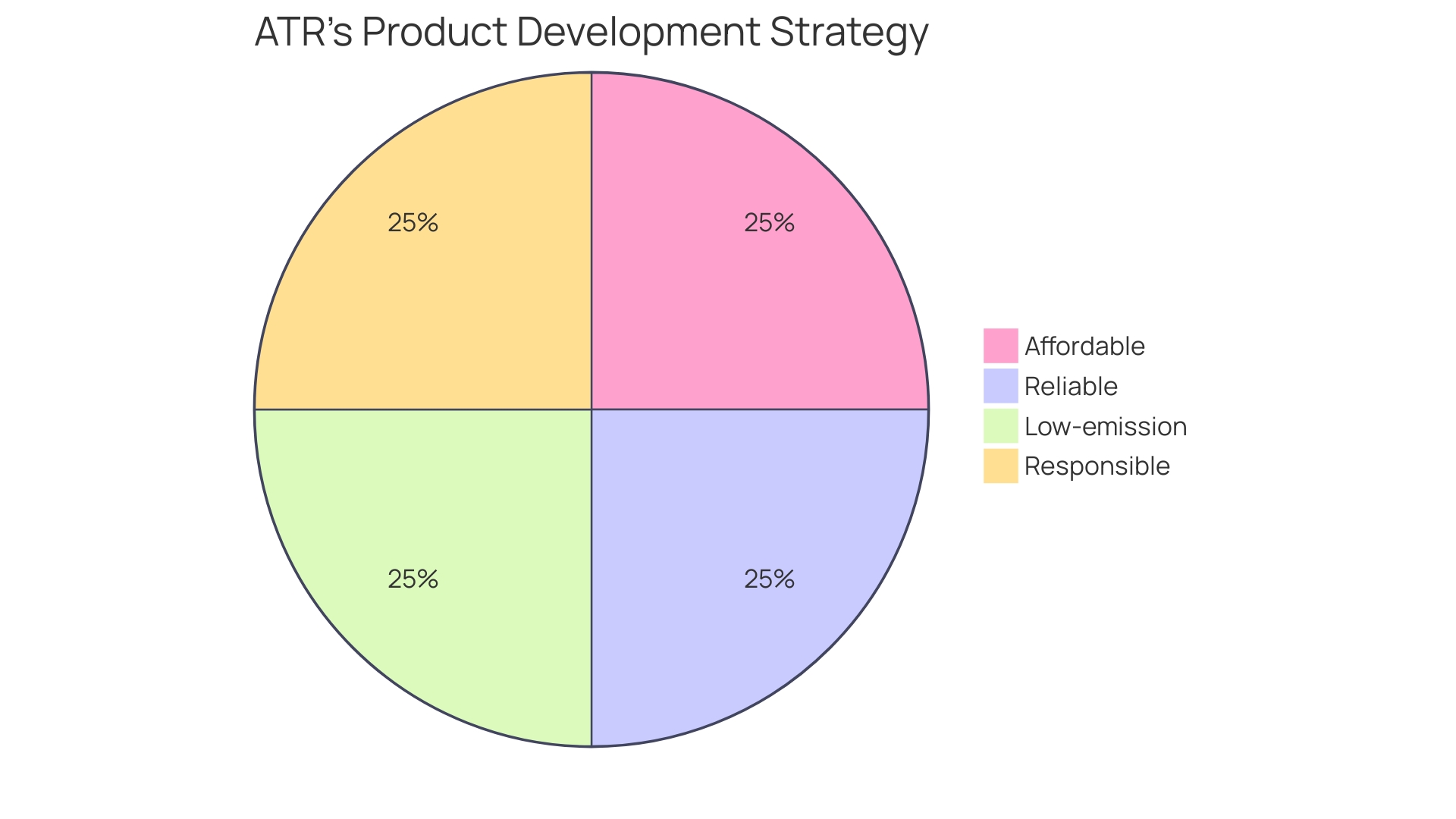
Key Components of an Aircraft
Understanding the intricacies of various aircraft components is crucial when considering the airworthiness and integrity of the aviation industry. The airframe, wings, landing gear, and propulsion systems are the backbone of an aircraft's architecture. For instance, the airframe is constructed using high-strength materials like titanium alloys, known for their lightweight, durability, and resistance to extreme conditions.
A recent case saw Boeing and Airbus grappling with issues of falsified titanium documentation, underscoring the importance of material authenticity for safety.
The wings, integral for lift and maneuverability, along with the landing gear, which must withstand the impact of touchdown, are complex assemblies that require rigorous quality control. The propulsion system, the heart of the aircraft, is meticulously designed for efficiency and reliability. These components collectively ensure the aircraft meets stringent safety standards, contributing to the aviation industry's reputation as the safest travel mode, with airline accidents having a one-in-a-million probability.
Recent investigations into supply chain integrity, such as the one by Spirit AeroSystems, highlight the critical nature of each component's provenance and conformity to FAA standards. This scrutiny is not without reason, as the global fleet of over 28,000 aircraft carries nearly 3 million passengers daily in the US alone, contributing significantly to the global economy and connectivity. As the industry evolves with the introduction of fifth-generation fighter jets emphasizing stealth and multi-role capabilities, the emphasis on component quality and performance remains paramount.
Fundamental Forces of Flight
The orchestration of forces that enables an aircraft to soar through the skies is a remarkable feat of physics and engineering. Lift, weight, thrust, and drag are the primary forces that interact to determine the flight capabilities of an aircraft. Lift counteracts the aircraft's weight, allowing it to ascend, while thrust propels the plane forward, overcoming the resistance of drag.
Consider the Airbus A380, which, when introduced in 2007, was the largest passenger aircraft, surpassing the Boeing 747. Despite its size and advanced technology, it faced challenges due to market shifts. Yet, for airlines like Qantas, its capabilities aligned well with their operational models.
This example underscores the complex balance between an aircraft's design and the dynamic variables affecting its performance.
Furthermore, the heroic actions of pilots during emergency scenarios, such as the 'Miracle on the Hudson,' illustrate the profound impact of human skill in managing these forces under duress. As Lori Bassani of APFA highlighted, the rigorous training of flight attendants prepares them to uphold safety standards in any situation.
Aircraft noise remains a concern, with research efforts, such as those by EMPA, focusing on reducing the acoustic footprint of future aircraft designs like the blended wing body (BWB). In summary, the interplay of aerodynamic forces and technological advancements continues to shape the journey of aircraft from drawing boards to the skies.
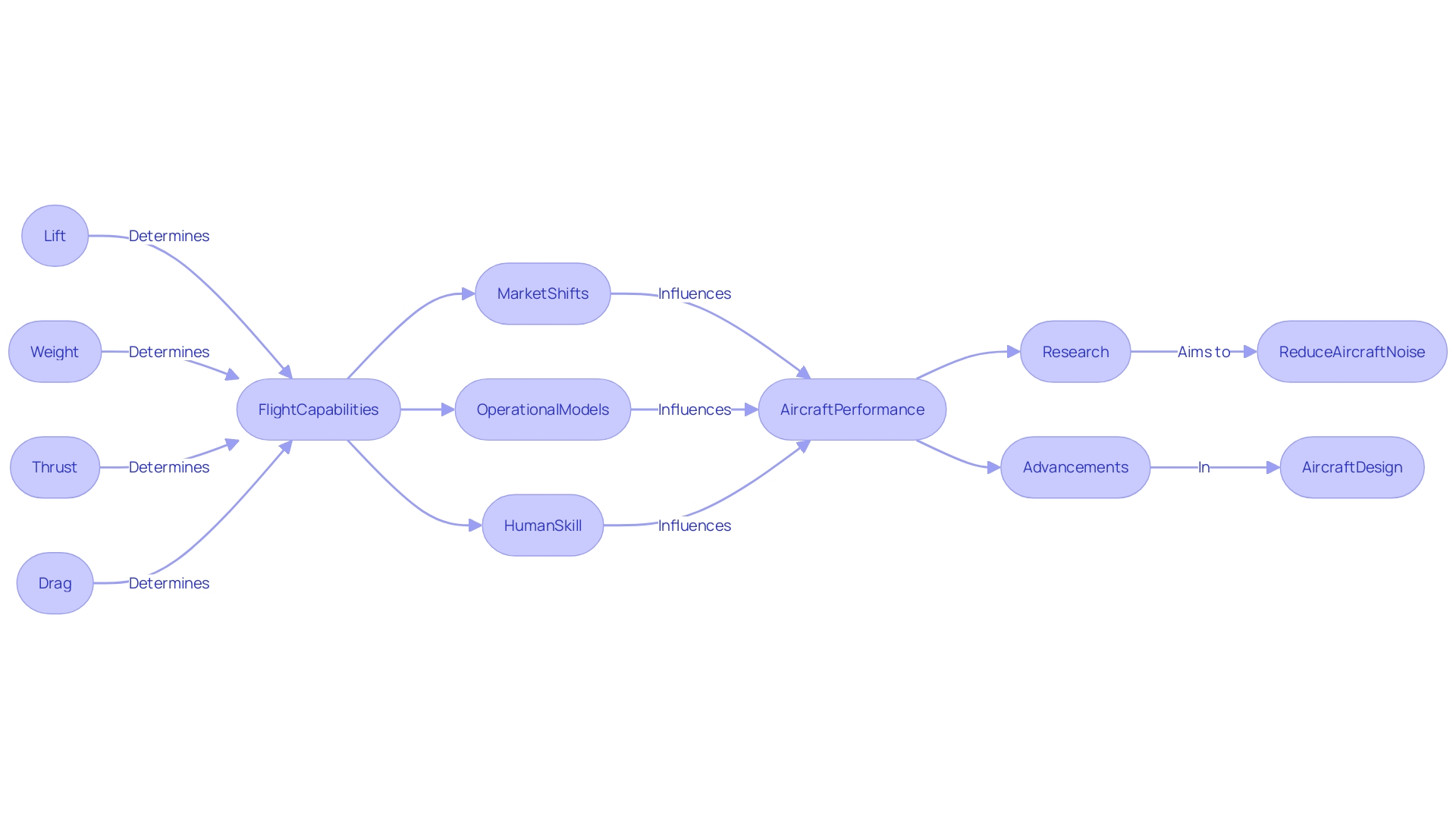
Aerodynamics and Airfoil Design
The interplay of aerodynamics in aircraft design is a fascinating blend of physics and engineering, akin to the precision involved in race car development. Aerodynamics is pivotal in both realms for optimizing performance characteristics such as speed, stability, and maneuverability. For instance, the strategic placement of aerodynamic components like splitters, rear wings, and diffusers on a race car is critical for generating downforce, thereby enhancing grip and stability on the track.
Similarly, in aircraft design, engineers consider airflow and implement drag reduction techniques to refine airfoil shapes, thereby improving lift-to-drag ratios. This not only bolsters efficiency but also boosts overall performance. Witnessing the influence of wind on grassy fields, we can visualize how air interacts with objects, despite not seeing the air itself.
Such natural observations parallel the importance of visualizing airflow around airfoils using computational fluid dynamics (CFD). These sophisticated simulations allow engineers to scrutinize the nuanced effects of design alterations on aerodynamic performance.
The introduction of metamaterials into aerodynamic analysis represents a groundbreaking stride forward. These engineered materials, characterized by their unique patterned structures, are capable of manipulating wave interactions in novel ways. Research into metamaterials has historically concentrated on light and electronic waves, but recent explorations reveal their potential to influence airflow frequencies.
This innovative application could revolutionize our approach to optimizing airflow around airfoils and other aerodynamic surfaces.
Aerodynamics is not simply about the mechanics of air movement; it is a testament to the evolution of design principles that blend aesthetics with functionality. The sleek contours of modern aircraft are the result of meticulous design, aimed at maximizing aerodynamic efficiency. From the historical rudiments of early aviation to the sophisticated technologies of today, the quest for improved aerodynamic performance continues to drive innovation in aircraft design.
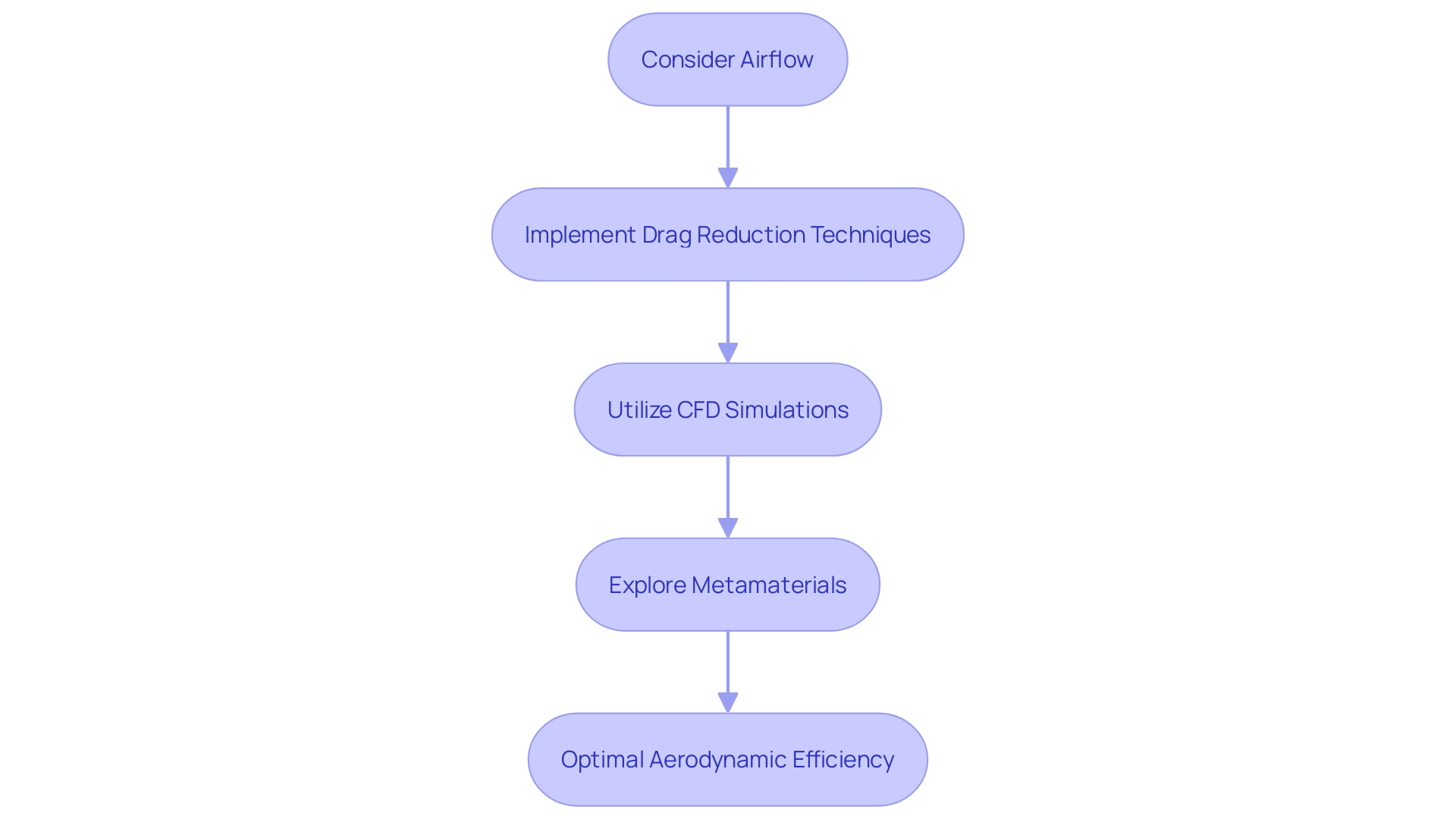
Engine Technology and Propulsion Systems
The propulsion systems propelling aircraft through the skies have undergone vast advancements. From the inception of piston engines to the cutting-edge turbofans and turboshafts, each engine type brings unique benefits to aircraft performance and efficiency. Piston engines, for instance, are known for their reliability, utilizing Avgas 100 or Avgas 100LL to deliver high performance, eliminating the need for transmissions due to their ability to sustain propeller speed both on the ground and in flight.
Turbofans and turboprops, on the other hand, have markedly transformed air travel, leveraging jet propulsion principles that have been refined over decades. The latest breakthrough in aviation propulsion is the development of rotating detonation engines (RDEs), which promise a more streamlined design and higher efficiency by using fewer moving parts and initiating supersonic detonations to produce thrust. This innovation could lead to aircraft that ascend to altitudes of 30 km and reach velocities around Mach 16, drastically reducing intercontinental flight times and fuel consumption.
The quest for zero-emissions flight is also steering advancements in aviation technology, with companies like Cranfield Aerospace Solutions integrating hydrogen fuel cell technology into aircraft with the aim of achieving certifiable, commercially viable solutions. This integration represents a significant milestone in the development of sustainable aviation fuels and could lay the foundation for a new era of eco-friendly air travel.
Throughout history, the evolution of aircraft engines has been marked by significant milestones, such as the development of the Wasp engine, which powered Amelia Earhart's Lockheed Electra 10E Special. Such advancements not only shaped the trajectory of air travel but also opened new possibilities within the industry. As we venture further into the realm of electric powertrains and hydrogen fuel cells, the future of aviation continues to be driven by the relentless pursuit of efficiency, performance, and environmental responsibility.
Materials Used in Aircraft Construction
Material selection in aircraft manufacturing is a sophisticated balance of durability, strength, and weight. Aircraft designers frequently utilize aluminum alloys for their favorable strength-to-weight ratio, making them a staple in production. However, the industry is shifting towards sustainable practices, with innovative companies like Jet Aviation integrating bio-resins into cabin interiors.
These eco-friendly choices not only contribute to sustainability but also achieve a weight reduction of 30-35% in some aircraft parts, leading to energy savings and a smaller carbon footprint.
Composite materials, with their exceptional strength and lightness, are another key player. They offer versatility in applications, enabling the creation of complex shapes that enhance aerodynamic efficiency. Notably, advancements in bio-composites are pushing the boundaries of eco-design, aligning with the industry's commitment to environmental stewardship.
Titanium is prized for its high strength, corrosion resistance, and ability to withstand extreme temperatures. Despite its benefits, the recent scrutiny of supply chain integrity, spurred by incidents like the investigation into Spirit AeroSystems, underscores the need for transparency and quality assurance in material procurement.
Moreover, the exploration of metamaterials, engineered to possess unique properties not found in nature, presents new possibilities in aircraft design. These materials can be tailored to interact with specific frequencies, potentially leading to innovative applications that could revolutionize airflow management and noise reduction.
With the airline and aerospace sectors rebounding post-pandemic and air travel demand now exceeding pre-pandemic levels, the urgency to innovate while ensuring supply chain resilience has never been greater. As companies navigate the backlog of aircraft orders, the integration of sustainable materials and the pursuit of cutting-edge composites and metamaterials will be central to the industry's future.
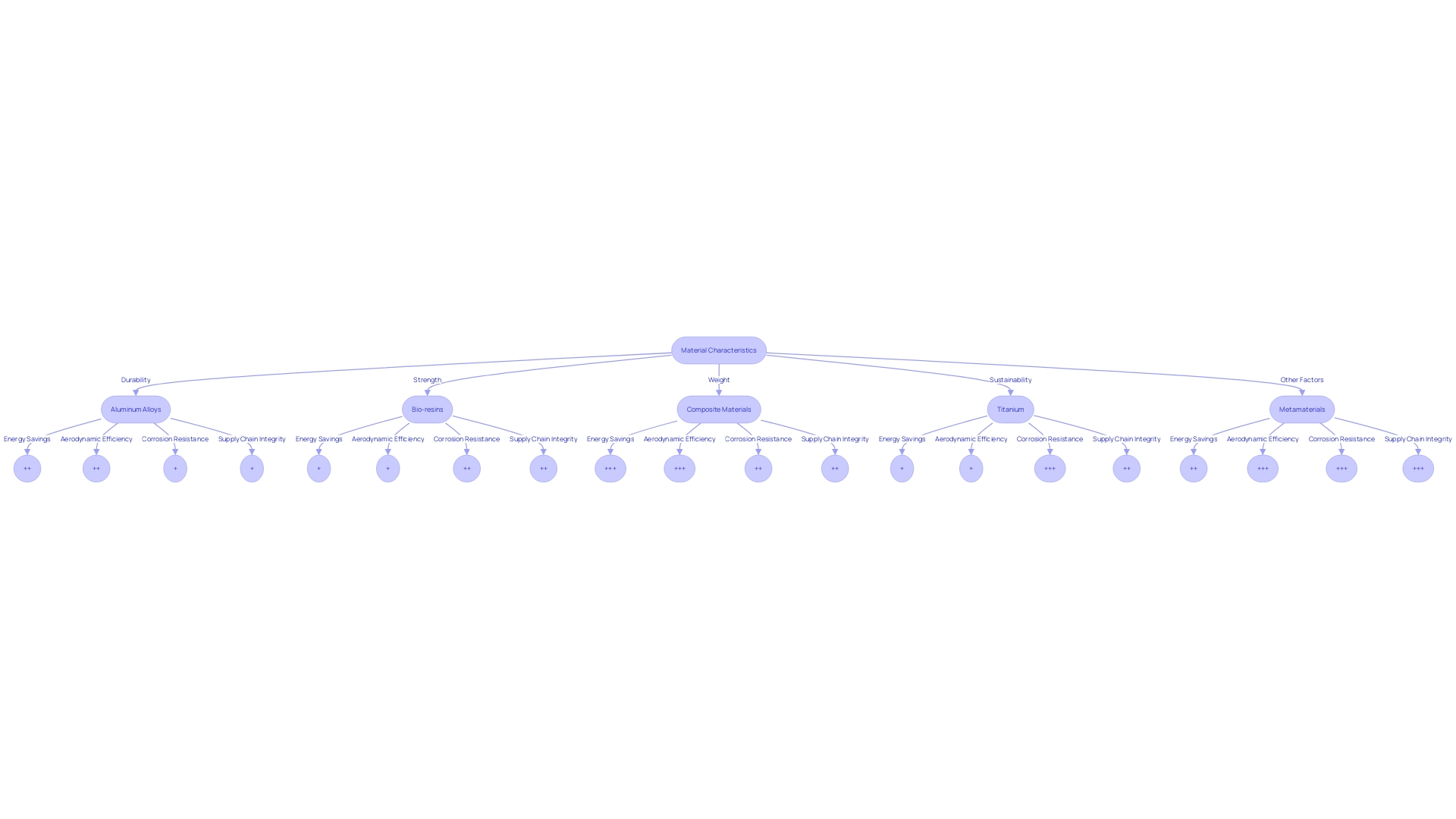
Advances in Navigation and Safety Systems
The aviation industry has witnessed revolutionary changes in navigation and safety systems, propelling it into an era where air travel is more reliable than ever. Jeppesen NavData, for instance, illustrates this evolution beautifully. As a cornerstone of Boeing Global Services' Digital Aviation Solutions, Jeppesen NavData commemorates its 50th anniversary by continuing to be an indispensable tool for pilots worldwide, providing comprehensive aeronautical information crafted meticulously by over 1,000 professionals each month.
Modern aircraft are equipped with a suite of advanced navigation and safety technologies. GPS, while commonly used to denote satellite navigation systems, is only one part of the broader Global Navigation Satellite System (GNSS) that also includes other systems like GLONASS, Galileo, and BeiDou. These systems collectively enhance the precision of navigation, contributing to the dramatic decrease in commercial aviation accidents over the years, as noted by the International Air Transport Association (IATA).
However, despite the reliability of GNSS, challenges such as GPS spoofing and jamming pose serious threats, as evidenced by the alarming increase in interference events recorded by Airbus. RTCA, a standards development body, is actively working to improve industry standards for automatic taxi systems to address the high precision required on the ground, especially given the complex environment of busy airports where line-of-sight to satellites can be compromised.
Efforts by EASA and IATA to mitigate GPS interference through initiatives like the European Occurrence Reporting scheme and Data Safety program highlight the importance of collaborative efforts to ensure the safety of air travel. The aviation community's commitment to safety and innovation makes it possible for pilots to navigate the skies confidently, despite the ever-present dangers of signal disruption and malicious attacks on satellite navigation systems.
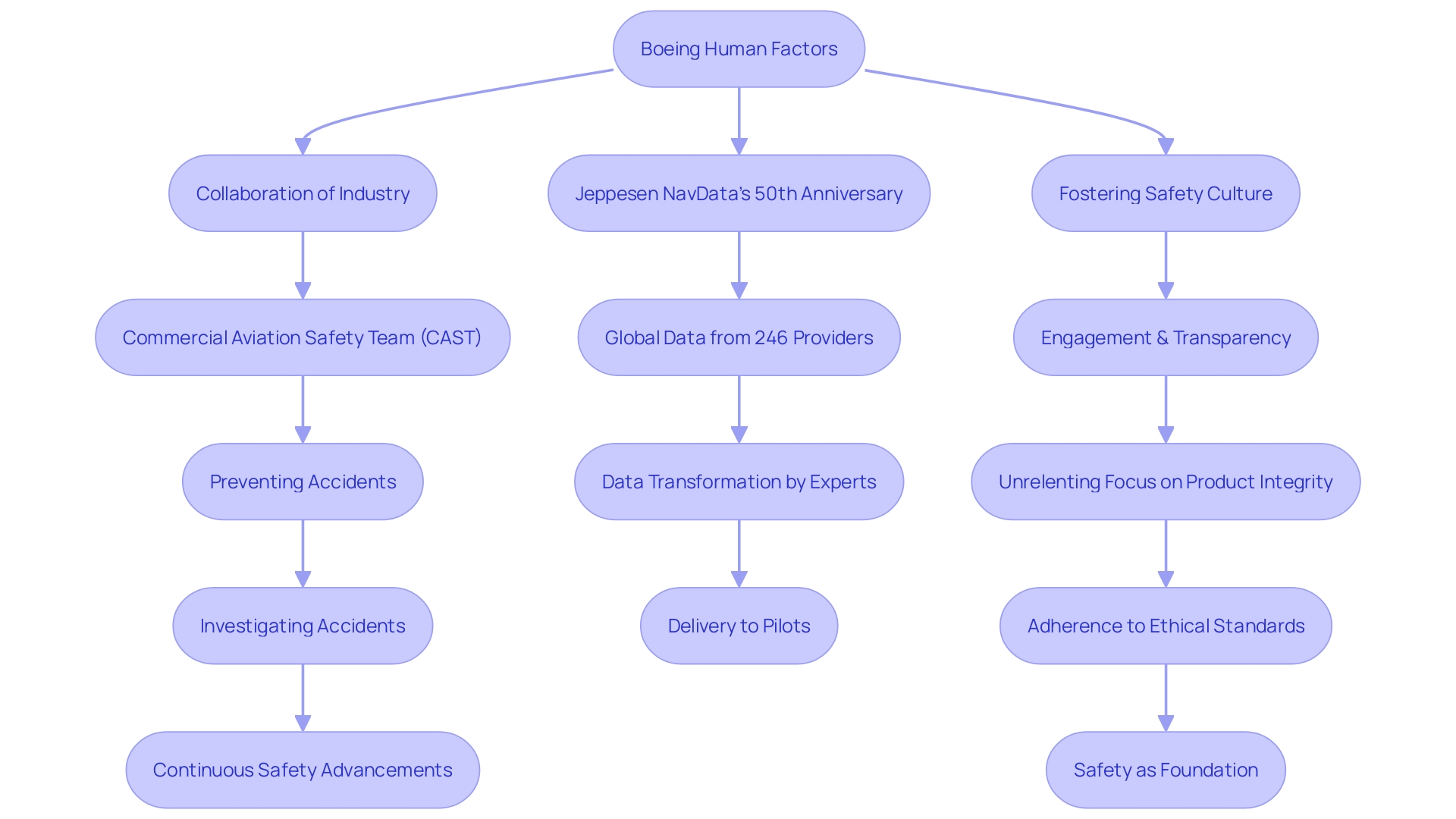
Modern Aircraft Designs and Innovations
Modern aircraft designs are continually evolving to meet the demands of an ever-changing world. ATR's approach to regional aviation underscores this progression, with a commitment to creating more connected, sustainable, and affordable air travel. Their strategy encompasses not only the needs of the industry but also the wider impact on the global community.
Enhancements in aerodynamics and the use of advanced materials have led to significant improvements in fuel efficiency. For instance, the pursuit of sustainable aviation fuel (SAF) is a key focus, with the potential to reduce the carbon intensity of flying by more than 80 percent. Even as SAF makes up less than 0.1 percent of global aviation fuel, its importance cannot be overstated, given the industry's responsibility to mitigate its environmental footprint.
The advent of digital technologies and avionics systems is another leap forward, with companies like Honeywell and Boeing integrating customer requirements into product development. From new aircraft designs like the B-787 to revamps of classics such as the B-737, the focus remains on exceeding passenger expectations and enhancing operational efficiency.
Aircraft modifications also play a pivotal role, as seen in retrofitting older models with contemporary amenities such as digital displays and ergonomic seating. These upgrades are crucial in aligning the in-flight experience with an airline's brand and the evolving demands of travelers.
The role of industry professionals is critical in this journey, as collaboration and innovation are vital in advancing aviation technology. Current estimates indicate that aviation's carbon emissions, which account for nearly 2.5 percent of today's global total, will peak within this decade. However, as other sectors decarbonize more rapidly, aviation's relative impact is expected to grow, highlighting the urgency for innovation in fuel efficiency and environmental stewardship.
In summary, the synergy of aerodynamic design, material science, avionics, and sustainable fuel development is shaping the future of aviation. With a concerted effort from manufacturers, airlines, and industry experts, the sector aims to meet the dual objectives of enhanced passenger comfort and reduced environmental impact.
Future of Aviation: Emerging Technologies and Trends
As the aviation sector reaches new heights, the integration of electric aircraft, autonomous systems, and AI is steering us towards a revolutionary horizon. The pioneering electric aircraft, observed in initial operations such as short-range pilot training flights, demonstrate a burgeoning shift towards eco-friendly aviation practices. Studies like the one led by Rickard Arvidsson at Chalmers spotlight the 'fjord-hopping' potential of battery-powered planes and the substantial environmental benefits they offer.
These electric aircraft, exemplified by the 'Pipistrel Alpha Electro', have been scrutinized in life cycle assessments, comparing their ecological footprints to their fossil fuel counterparts, with promising results indicating significant reductions in greenhouse gas emissions.
The transition to electric aviation, while still in its infancy, beckons a sustainable future for air travel, resonating with both environmental advocates and forward-thinking investors. The industry envisions a landscape where advanced avionic electronics, capable of enduring severe conditions, replace the cumbersome hydraulic and pneumatic systems, enhancing reliability and mitigating maintenance burdens. This evolution is not just a dream; events like AIX Hamburg and FTE APEX Asia Expo are bustling hubs where industry leaders and innovators converge to showcase and discuss these transformative technologies.
Moreover, the anticipated rise in passenger flights to 7.8 billion by 2036, as projected by IATA, demands high-performance aircraft that can sustain the growing volume while addressing environmental concerns. The global aviation sector's carbon footprint, akin to Germany's annual emissions, underscores the urgency for a shift to greener solutions. And as we delve deeper into the realms of artificial intelligence, its potential to augment productivity and revolutionize industries becomes increasingly evident, despite the historical lag witnessed in technology adoption.
In the midst of these advancements, ground navigation aids like VOR and NDB, though crucial for current aviation, may see a diminishing role as the sophistication and reliability of onboard systems grow. This landscape of innovation, bolstered by the promising horizons of electric aviation and AI, heralds a new era for the aviation industry, one that is poised to redefine the skies with sustainability, efficiency, and cutting-edge technology.
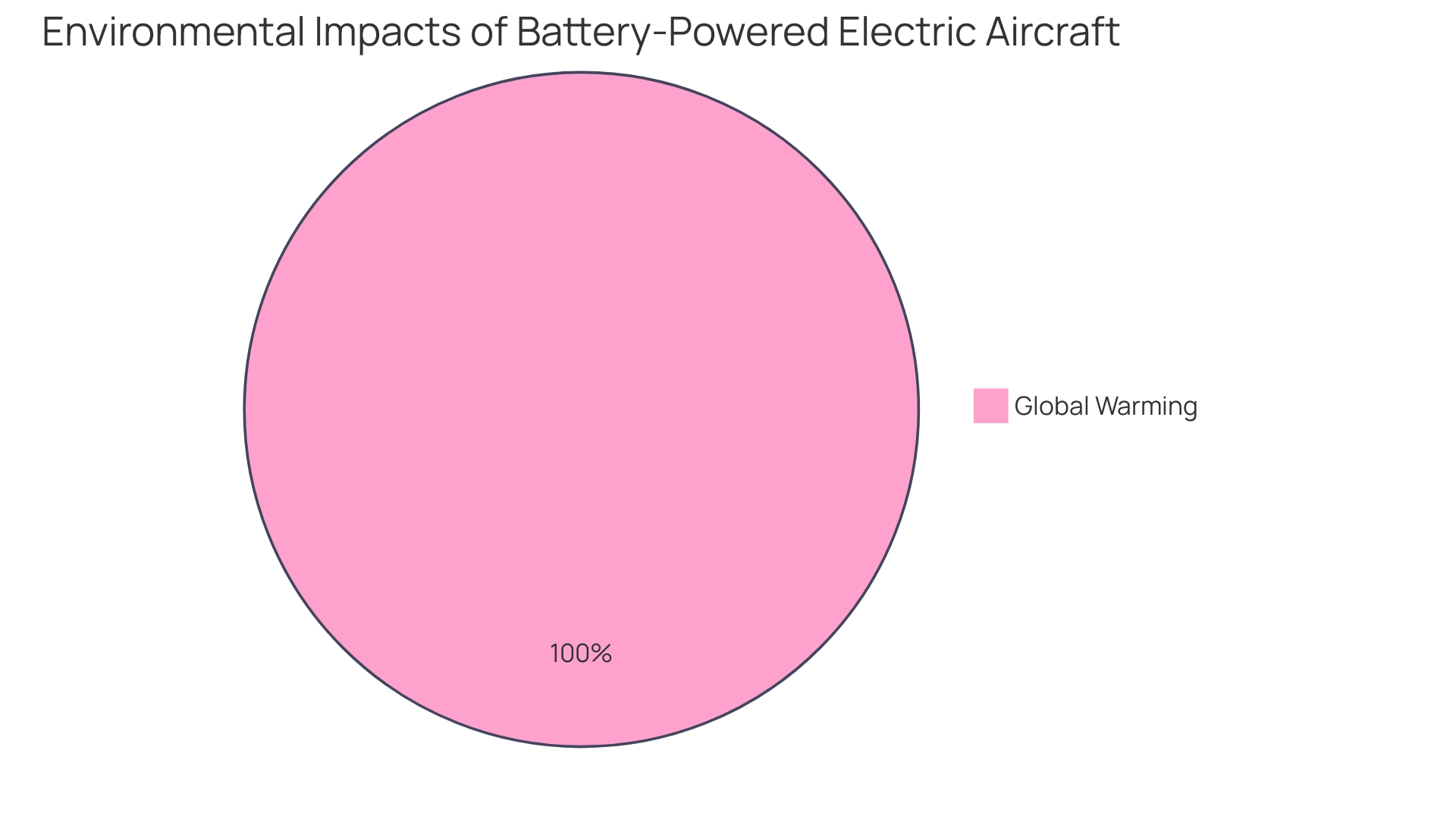
Conclusion
The aviation industry has undergone a remarkable transformation driven by advancements in aircraft design and technology. From the Wright brothers to modern supersonic jets, the evolution of aircraft has paved the way for modern flight. Now, the industry faces the challenge of sustainable aviation, leading to a focus on reimagining aircraft designs and exploring eco-friendly alternatives.
Understanding key components and forces of flight is crucial for ensuring airworthiness and integrity. The industry's commitment to safety and quality remains paramount, considering the millions of passengers carried daily.
Advancements in aerodynamics, engine technology, and materials have optimized aircraft performance and efficiency. The integration of sustainable practices and the pursuit of zero-emissions flight are driving innovation in the industry.
The aviation industry has witnessed revolutionary changes in navigation and safety systems, enhancing the reliability of air travel. The integration of advanced technologies and collaborative efforts to mitigate interference highlight the commitment to safety and innovation.
Modern aircraft designs continually evolve to meet the demands of an ever-changing world. Enhancements in aerodynamics, materials, and digital technologies have improved fuel efficiency and passenger experience. The industry's future is shaped by the synergy of design, technology, and sustainability.
As the aviation sector reaches new heights, the integration of electric aircraft, autonomous systems, and AI leads to a revolutionary horizon. The transition to electric aviation promises a sustainable future, resonating with environmental advocates and investors.
In conclusion, the aviation industry's historical evolution, key components, forces of flight, advancements in technology and materials, navigation and safety systems, and modern designs contribute to the industry's pursuit of sustainable and efficient flight. Technical insights and analysis guide the industry towards exciting prospects and a greener future.




